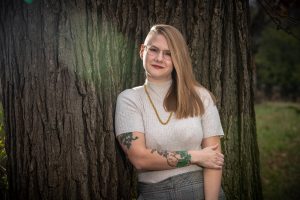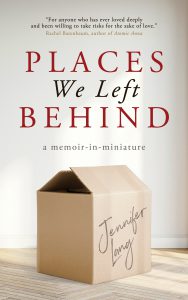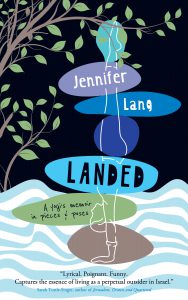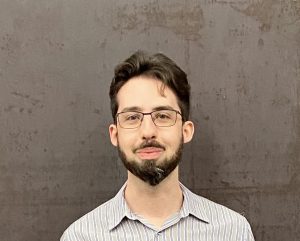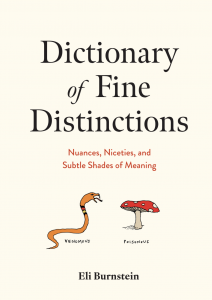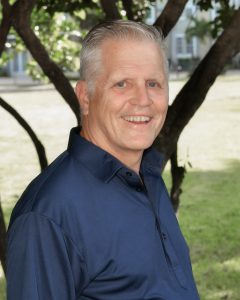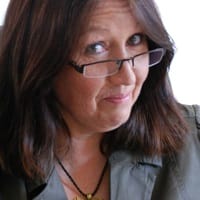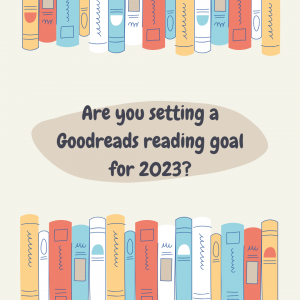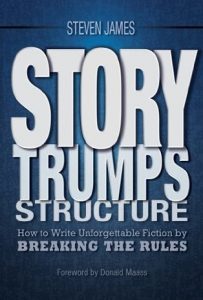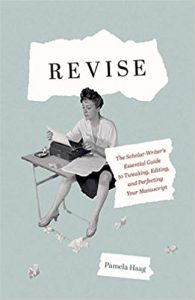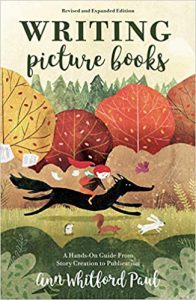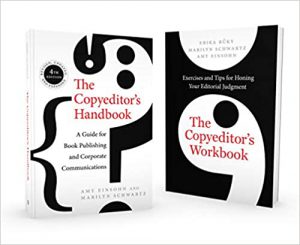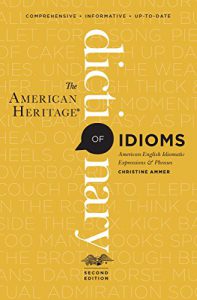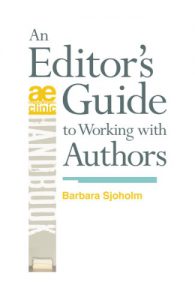Those who have lived through trauma or with an invisible illness may feel as though they are alone in their experiences, especially when their concerns are dismissed or medical professionals tell them they can’t find anything wrong. But fiction can become the place where we find connection and see ourselves reflected. In The Scald-Crow, author Grace Daly uses compassion, empathy, and humor to give a voice to pain that is often left unseen and unspoken.
How did you develop Brigid’s voice and what role did choice of POV play in how this story was told?
I chose to write the story in first-person present POV because I like the immediacy of that perspective; staying tightly focused on an individual character’s view makes the story feel intimate, and the present perspective forces the reader to feel as though they are experiencing events in time with the character. It’s a great fit for horror/comedy as a genre because it makes it much easier to pull the reader into the emotional stakes of the world I’m writing, and both horror and comedy thrive on emotion.
Brigid’s voice is inspired partially by my own internal thoughts when I was younger and at my very lowest; she has markedly different traits than I do (she is less outgoing, gentler, and more conscientious than I am!) but much of her struggle with her physical and mental health is inspired directly by my own.
There is a noticeable shift in language when Brigid’s pain is at its worst. What led to this decision?
This was, again, based on my own lived experience with chronic pain and severe dysmenorrhea. When my pain reaches a certain level of severity, my mental functioning takes a massive hit: thoughts are difficult to organize, intense emotion runs the show, and it’s nearly impossible to perceive anything other than my suffering. Since the reader is actively in Brigid’s head in the first-person present POV, I took the opportunity to try to convey the internal experience of mind-shattering pain.
How would her story have been different if her illness wasn’t invisible?
I think The Scald-Crow would be a completely different book if Brigid’s disability was apparent to the naked eye! Much of the tension and her internal conflict rests on the fact that she doesn’t trust her own perception of events due to the gaslighting from both her childhood trauma and medical trauma; if her illness was easily apparent, she would not have experienced the intense medical gaslighting feeding her self-doubt.
What parallels were there between Brigid wondering if her illness was in her head and doubting what she sees occurring in the house? 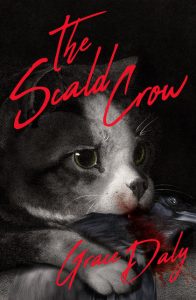
Medical gaslighting of the sort Brigid receives, where a patient’s pain is repeatedly dismissed and left untreated, can lead to the patient believing that they are melodramatic and cannot trust their perception of what’s happening in their own body. Childhood trauma and abuse can have a similar effect, leading someone to believe that they are ultimately at fault for anything bad that happens to them and that their reactions are inappropriate. These aspects of Brigid’s background naturally led to a flip of the classic “I know what I saw” trope: Brigid has been taught and conditioned to doubt herself, and therefore passively accepts the horrors for much longer than a typical untraumatized person might.
How important was it to include medically accurate details?
Medical accuracy, and accuracy regarding how health insurance and long-term disability insurance operate, was of crucial importance in The Scald-Crow. I didn’t want Brigid’s chronic pain to be mystical or metaphorical; I wanted it to be real and visceral so actual disabled folks and people with their own chronic pain would be able to relate. In my opinion, there isn’t enough accurate and nuanced portrayals of disability in fiction, and I wanted to work to correct that lack.
Brigid has a traumatic childhood that she’s just now accepting for what it was with the help of her therapist and a close friend. How did you portray this turning point?
Brigid’s turning point truly comes from the sense that she’s trapped in an environment where the stress is becoming all-consuming. As her suffering, both physical and emotional, continues to mount, the only gentleness available to her is that coming from her tender relationships with her best friend and therapist. The healing nature of these relationships is in sharp contrast against the memories and evidence of her traumatic childhood, and helps to lead her to realize human relationships don’t have to be, and indeed shouldn’t be, agonizing.
How did you decide how much of her pain to share without it feeling like it became her whole persona?
This was a difficult needle to thread, and more than one review has suggested I didn’t succeed and too much airtime is given to her experience of pain. Ultimately, though, I based the ratio off of how I behaved and spoke during my periods of profound pain; though the pain was a large and inescapable facet of my life, I still retained aspects of myself in how I chose to deal with it, how I spoke, and how I thought. I tried to let Brigid be the same. She’s still funny and irreverent, she’s still clever and determined, and she still has concerns other than her physical body.
Was there anything you chose to cut because it felt gratuitous once you returned to it?
Certainly! The biggest cut from the original outline for The Scald-Crow was more focus on Brigid’s childhood; the original concept of the novel involved a dual timeline where the reader would experience both her childhood trauma and her adulthood medical trauma from a first-person present perspective. Ultimately, though, I decided it reduced the tension to flip between the two timelines. I could say everything I needed to about Brigid’s childhood without putting her abuse directly on-page. I’m happy with that choice; it’s resulted in a snappier, more focused novel.
How did you weave her arc together with the supernatural events taking place? How tightly interconnected are the two?
Honestly, though the supernatural elements do feed into her stress level and make it more difficult for her to tolerate her chronic pain, I wanted the supernatural horror and Brigid’s medical issues to feel separate and distinct. It was important to me that Brigid be portrayed as a regular disabled person in a horror novel, rather than the disability itself being some sort of metaphorical or mystical aspect.
In the author’s letter, readers are encouraged to advocate for themselves. Is this something Brigid does and why is this essential?
Learning to advocate for herself is a large portion of Brigid’s character growth; ultimately, she is able to learn to trust her own perception and that she is worthy of defense and care. This is crucial for everyone, but particularly for disabled folks in our modern medical system and broader society that often treats disabled folks, as well as other minorities, as disposable. In a perfect world, our value would be accepted and self-evident, but we don’t live in that world. I’d like to think, though, that by continuing the fight, we can bring our world closer to one where appropriate access to care and support is the default.
What type of early reader feedback have you received?
The early reader feedback has been mostly positive; people seem to enjoy Brigid’s voice and humor, the accessible writing style, and, of course, the heroic rescue cat. Most moving, though, has been how many people with chronic pain have reached out to tell me this was the first book they’ve read where they were able to connect with the character’s experience of chronic pain. Women and other AFAB folks with reproductive health problems in particular have connected with Brigid and found validation in her story.
Why is it still so important to share these types of stories?
Like any minority group, it’s important for disabled people to see themselves in stories so they can fully engage with them. It’s also important to include disabled characters to prevent us from getting ‘erased’ from the public eye; disability can make folks uncomfortable, so it gets less representation. When this happens, feelings of isolation, which many disabled folks already struggle with, can worsen.
Disability representation is also important because it increases empathy for disabled people, not only from able-bodied people who might not otherwise think about the lived experiences of disabled folks, but also, crucially, for the disabled people themselves.
What do you most hope readers take away after reading The Scald-Crow?
I hope readers see Brigid’s trauma, low self-esteem, and self-doubt contrasted with her honest and affable nature and develop empathy and compassion for her, and then extend that empathy and compassion toward those with chronic illnesses. This goes double for readers who are disabled or chronically ill themselves: I hope they are able to redirect any tenderness they feel for Brigid to themselves. Ultimately, Brigid isn’t a real person. I made her up. But there are millions of real disabled and chronically ill people who deserve agency, support, care, and understanding, and I would love for Brigid to help them receive it.
You can find Grace online at:
https://www.instagram.com/gracedalyauthor/
Grace Daly (Updates Only) (@GraceDalyAuthor) / X
Grace Daly (@gracedalyauthor.bsky.social) — Bluesky
You can purchase a copy of The Scald-Crow at:

